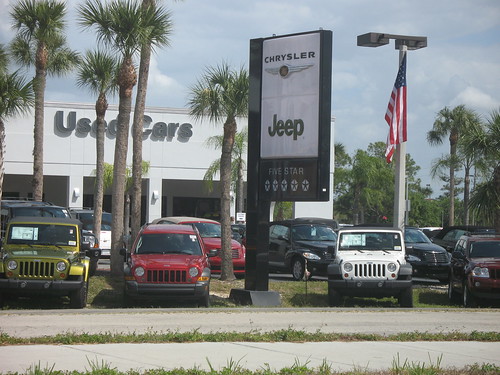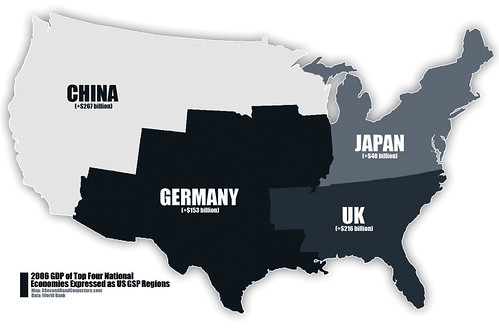Used Car vs. New Car – the value gap is closing.
Used cars are still a better buy over new, but with all the incentives on the table, the value gap is closing.
(Source: CNN via Yahoo)
The sharp car buyer’s advice has long been that a well-cared-for, late-model used car is always a better value than a brand new one.
Used cars are a smart buy because of depreciation, which is greatest in the first year or two, which means someone else gets stuck with the biggest value-drop. And you aren’t giving up very much in return – these days, cars last a lot longer, so a car with 20,000 or 30,000 miles can still have plenty of life.
But weak sales have led to heavy incentives on new cars. While a used car is still cheaper than a new one, in some cases the price difference will be surprisingly small, according to researchers at the automotive Web site Edmunds.com.
“Certified pre-owned” cars are another option. CPOs are selected low-mileage used cars that have been inspected, refurbished as needed and certified as being in top-notch condition, according to criteria laid out by the car’s original manufacturer. Most importantly, they have added warranty coverage. CPOs cost more than non-certified used cars, but the quality can make the extra cost more than worth it.
Click here to read the entire anlysis.




